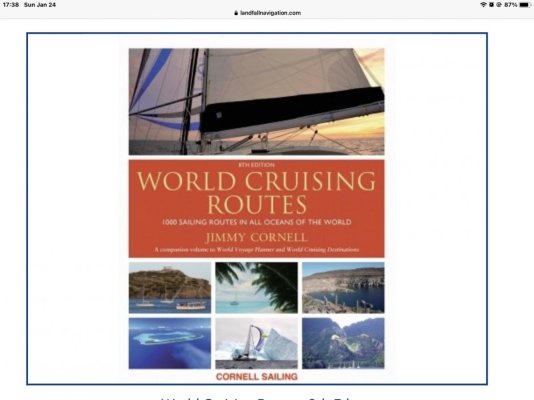I've seen/read several references that lead me to believe that many (most?) trawlers are considered to be better coastal short-ish range cruisers and not suitable for crossing oceans.
Rather than ask for a list of examples of boats that could be considered ocean crossers....I think it might be better to ask which features would point to a boat being suitable...or not.
Is it purely just the size of the fuel tank?
As a point of reference, I'm just a dreamer....and I'm thinking primarily coastal cruising east coast of US, probably the Bahamas/Caribbean.... maybe a bit of the great lakes sort of thing, I don't know.....but at some point we'd love the idea of crossing over to Europe and spending lots of time there....and eventually back.... I'm not taking about regular frequent crossings or fast paced circumnavigating.....
I'm still at the stage of just wondering...sailing vessels vs motoring, what sorts of things might we end up wanting to do...but as I dream and imagine I'd like to keep in mind the things we would need in terms of something capable of crossing to Europe.
Rather than ask for a list of examples of boats that could be considered ocean crossers....I think it might be better to ask which features would point to a boat being suitable...or not.
Is it purely just the size of the fuel tank?
As a point of reference, I'm just a dreamer....and I'm thinking primarily coastal cruising east coast of US, probably the Bahamas/Caribbean.... maybe a bit of the great lakes sort of thing, I don't know.....but at some point we'd love the idea of crossing over to Europe and spending lots of time there....and eventually back.... I'm not taking about regular frequent crossings or fast paced circumnavigating.....
I'm still at the stage of just wondering...sailing vessels vs motoring, what sorts of things might we end up wanting to do...but as I dream and imagine I'd like to keep in mind the things we would need in terms of something capable of crossing to Europe.

